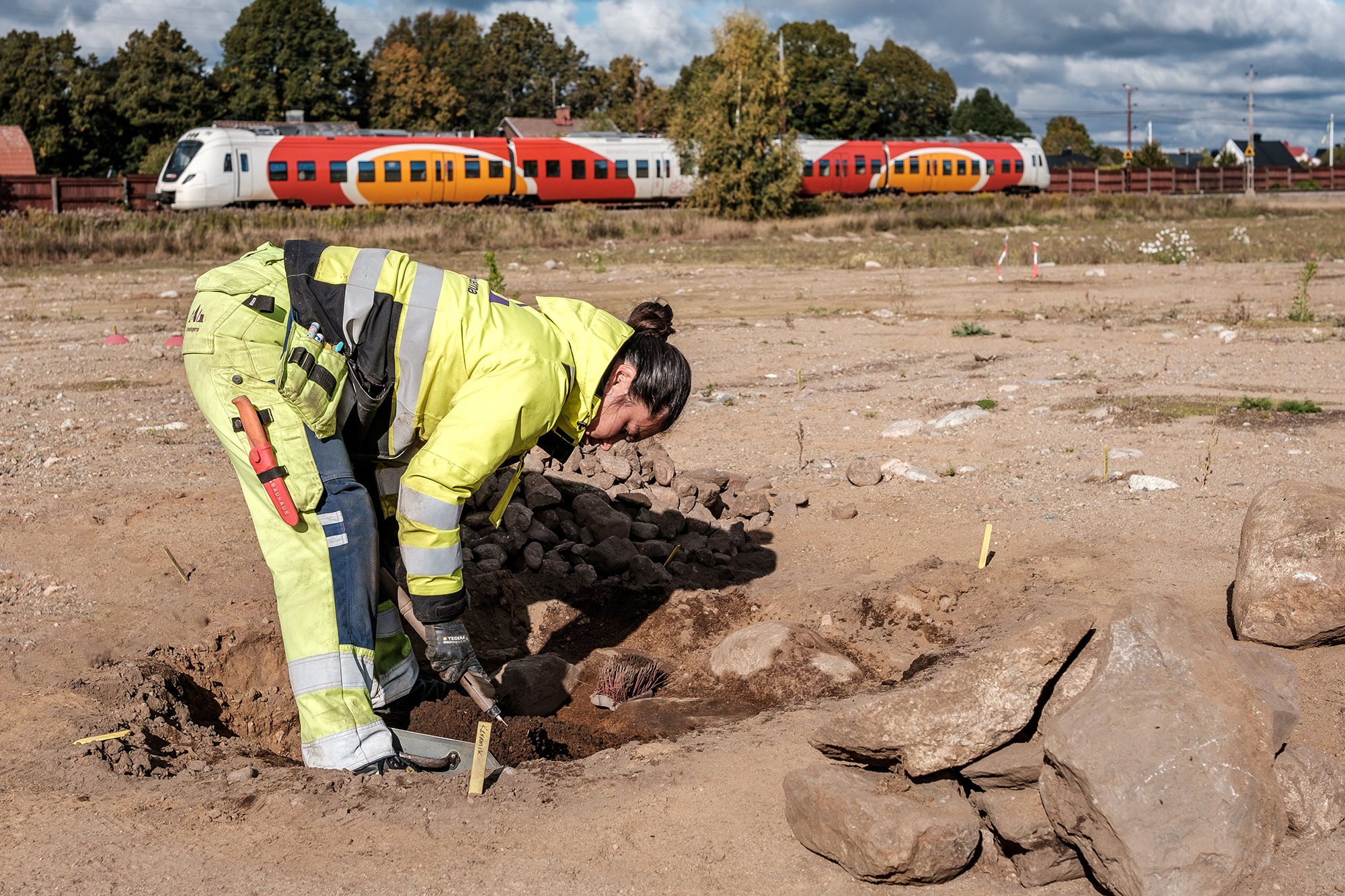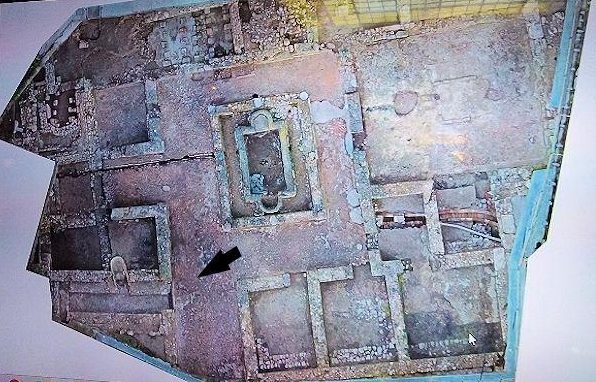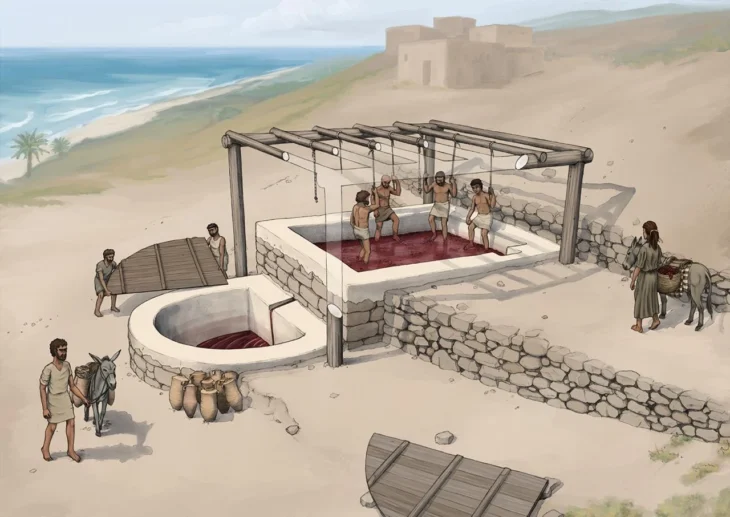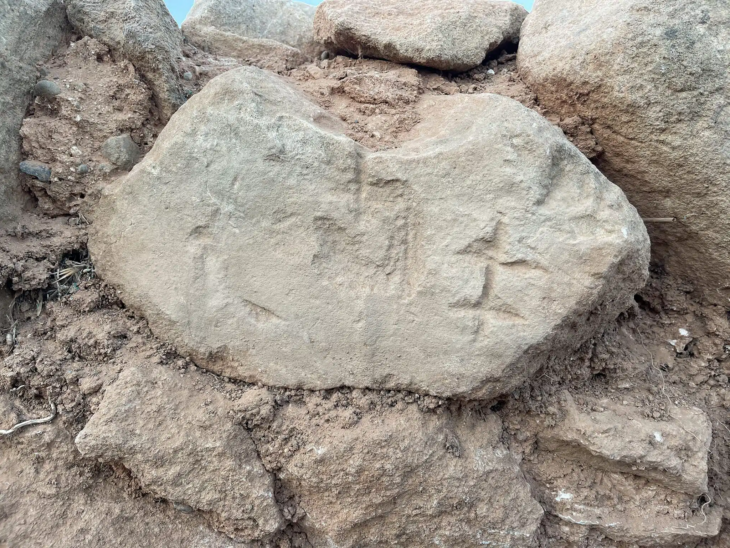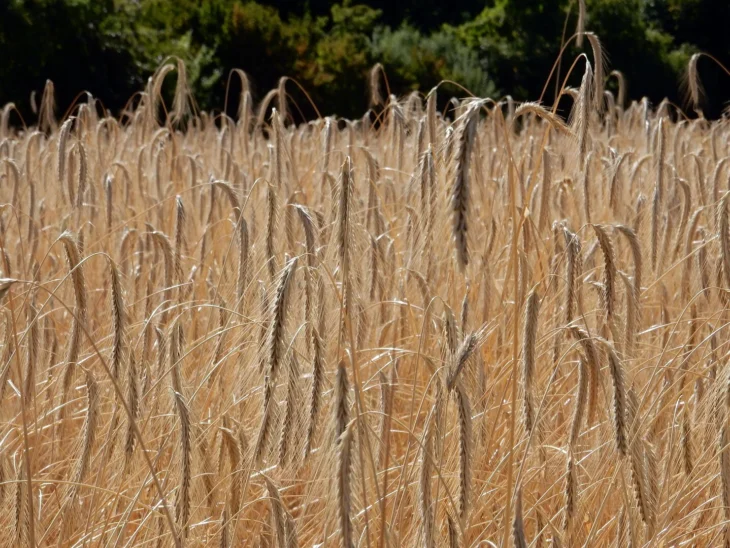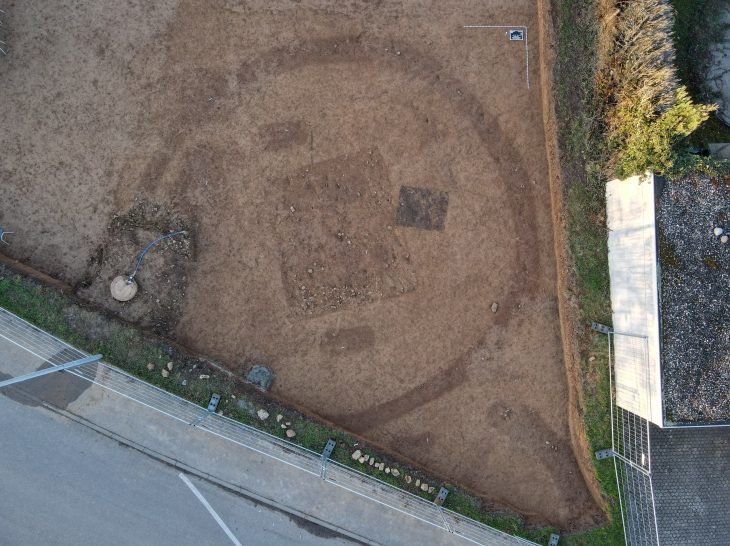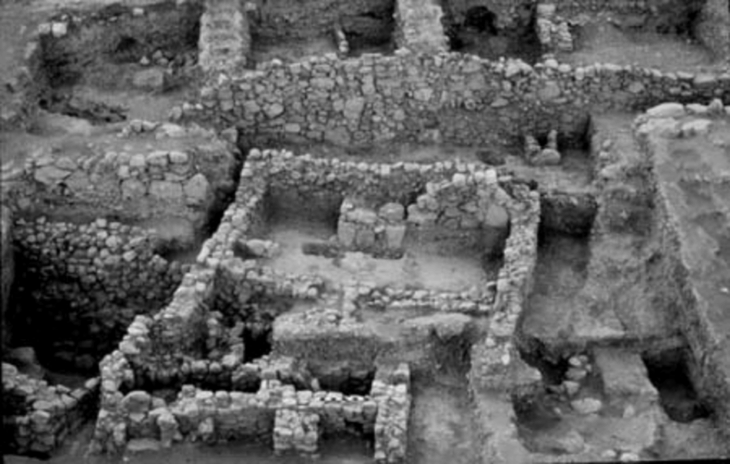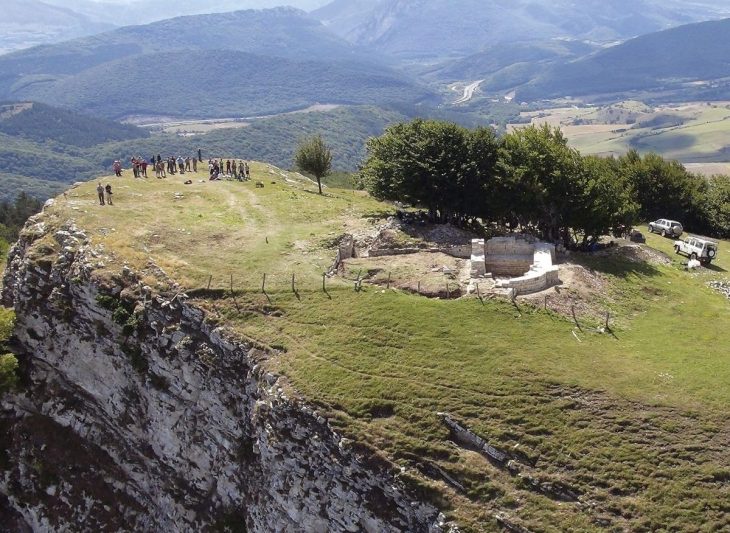In an Iron Age cemetery in Sweden, archaeologists found a woman’s grave buried with a small needle and an iron folding knife directly into her burial.
One of the country’s largest archaeological excavations has been underway for a year and a half at Pryssgården outside Norrköping. The area is close to Motala ström and people have lived here for 6,000 years, but now it is to become industrial land instead.
The area has been investigated in the past, but during the new excavations, archaeologists have rediscovered a burial ground from the early Iron Age. The burial ground, with around 50 graves, was known in the 17th century but was forgotten when it became arable land. Among the finds is a female skeleton.
Although there are at least 50 burials in the cemetery dating from 500 BC to 400 AD, this woman’s grave is particularly unusual. Archaeologists have discovered an ancient iron pocketknife jabbed into the burial of this Iron Age woman.
The people who buried the woman centuries ago “stuck the knife in; we don’t know why, but it is clear that it is meant for the woman,” Moa Gillberg, an archaeologist at Sweden’s National Historical Museums, said in a statement.
📣 Our WhatsApp channel is now LIVE! Stay up-to-date with the latest news and updates, just click here to follow us on WhatsApp and never miss a thing!!
Some of the graves were covered with tiny, symmetrically laid stones, but the majority were pits where cremated remains were placed, a common burial practice during the Iron Age.
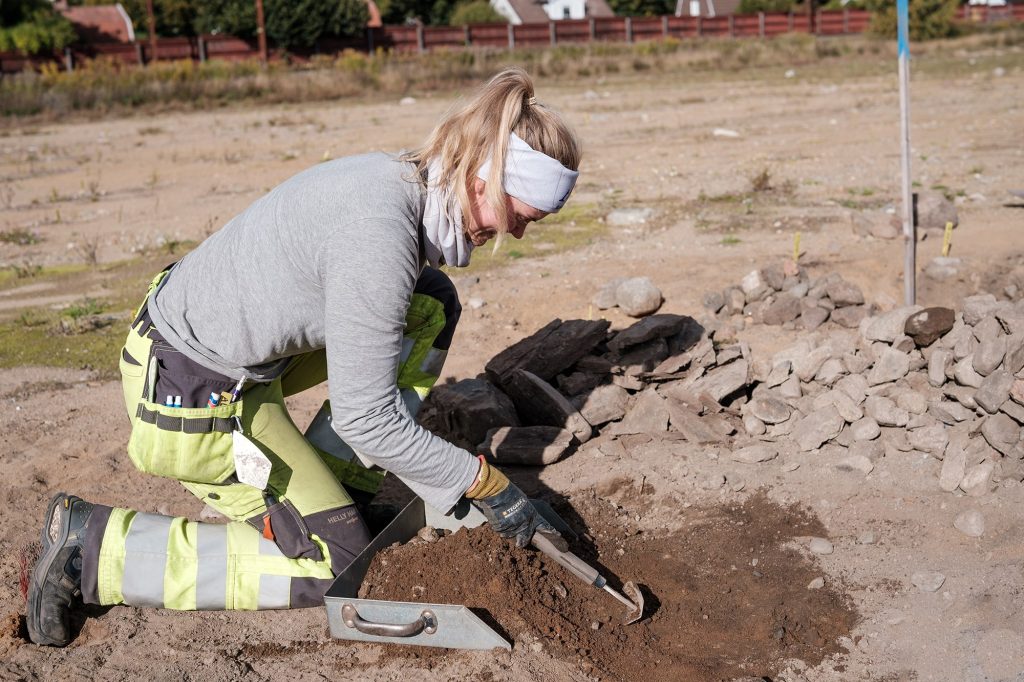
Two graves close to each other were investigated at the same time. One contained no grave goods, was less sooty, and also contained some animal bones.
– The other grave was extremely sooty and had a thick layer of fire. When we dug down, we saw that an iron curved knife had been inserted straight into the ground with its edge. It was probably used for preparing hides. They had collected everything from the fire and then stuck the knife in the ground, we don’t know why but it is clear that it was meant for the woman. It is also very well preserved and may have been on the pyre before it was stuck down,’ says Moa Gillberg:
– ‘There is a woman buried here and she also has a small needle with her. Part of a toe bone showed that she probably had osteoarthritis in her big toe. Similar female graves have been found at the Fiskeby burial ground, where the dead were also given needles and knives of the same type.
In total, the archaeologists believe that there are around 50 graves in the area, but there may be more or turn out to be fewer.
Using metal detectors, archaeologists from the National Historical Museums discovered some jewelry during their initial investigations this past spring. In addition to dozens of graves, they discovered a storehouse, a well, and ancient dwellings during the excavation process.
Cover Photo: Henrik Pihl, Arkeologerna

